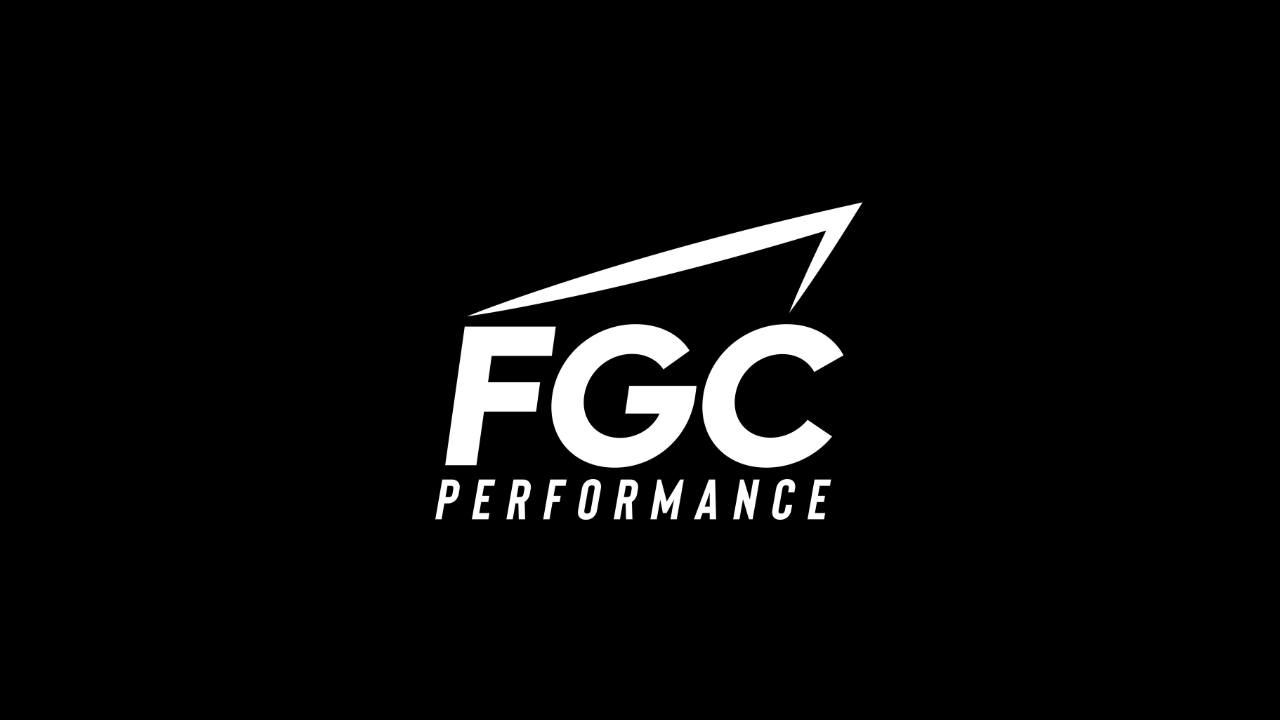In today’s workplace, “wellbeing” has become a buzzword. For many companies, it shows up as step challenges, meditation apps, or fruit in the staff room. While these certainly play their part, they often miss the point.
Because what really drives performance – day after day, quarter after quarter – isn’t a perk or a one-off initiative.
It’s energy.
A team with energy is a team that thinks sharper, recovers faster, collaborates better, and stays focused under pressure. And energy doesn’t just happen. It’s built, sustained, and protected.
Here’s how to start shifting your culture in that direction.
1. Start Treating Energy Like a Strategic Asset
We track productivity. We measure sales. We monitor engagement. But very few companies ask: how energized is our team, really?
Energy is more than how awake someone feels. It includes:
- Physical readiness (rest, movement, nutrition)
- Mental clarity (clarity, intensity, consistency)
- Emotional resilience (response to stress, setbacks)
- Team dynamics (mood, pace, communication quality)
By paying attention to these indicators, companies can move from reactive solutions to proactive performance strategies.
2. Move Beyond Passive Perks
A great culture isn’t built on freebies or optional extras. Energy thrives when the way people work, meet, lead, and recover is intentionally designed.
That might include:
- Re-thinking meeting structures to avoid mental fatigue
- Building in short, purposeful breaks between deep work sessions
- Encouraging leaders to model clear boundaries and focused routines
- Replacing long hours with smarter energy distribution across the week
Rather than outsourcing wellbeing to a benefits platform, the most forward-thinking workplaces are weaving energy awareness into everyday processes and habits.
3. Build Daily Systems, Not Occasional Events
Culture isn’t what happens once a quarter – it’s what happens every day. If the aim is to support human performance, that requires rhythm, not randomness.
Some examples that can shift team energy:
- A weekly “reset” check-in where teams reflect on what drained or restored them
- Nudges for hydration, daylight, movement – integrated into the day, not bolted on
- Nutrition environments that support sustained energy (not sugar crashes)
- Processes that reduce context-switching and overwhelm
The more predictable and integrated these things become, the more high energy becomes a permanent fixture.
4. Remember: High Performance is a Trainable Skill
Energy isn’t just a personality trait. It’s something people can learn to manage – with the right guidance.
This includes:
- Knowing your personal “peak times” and when to do focus-heavy work
- Understanding how to recover after high-stress periods
- Identifying warning signs of burnout before they hit
- Learning how to re-energize through connection, movement, or rest
When workplaces support this kind of education and experimentation, performance becomes more consistent – and people feel more in control of their output.
My final thoughts…
Creating a culture of energy means redefining wellbeing.
Instead of one-off perks, it’s about creating an environment where people can show up with focus, clarity, and resilience – rather than surviving the workday, desperate for the next day off.
The companies that succeed, let alone thrive in the next decade will be those who understand that energy isn’t a luxury – it’s a foundation.

